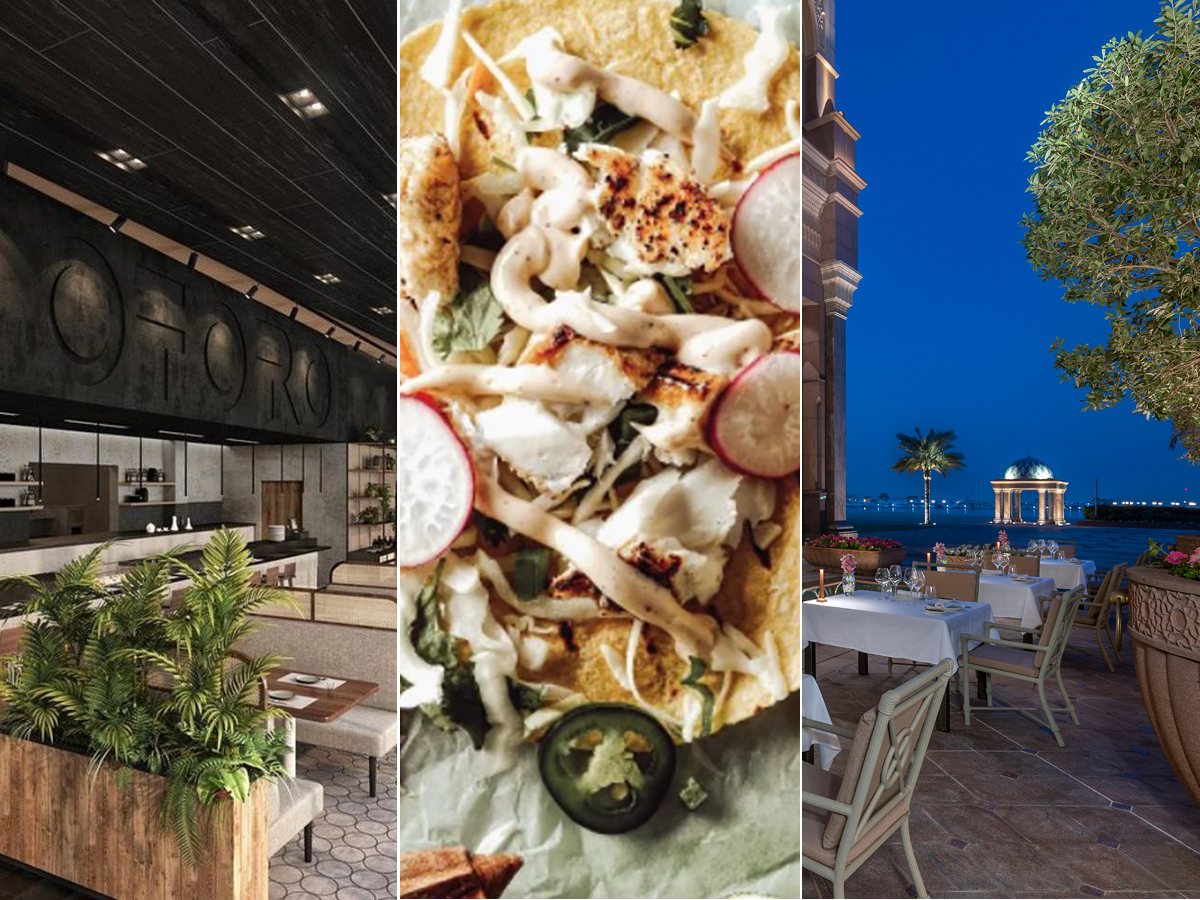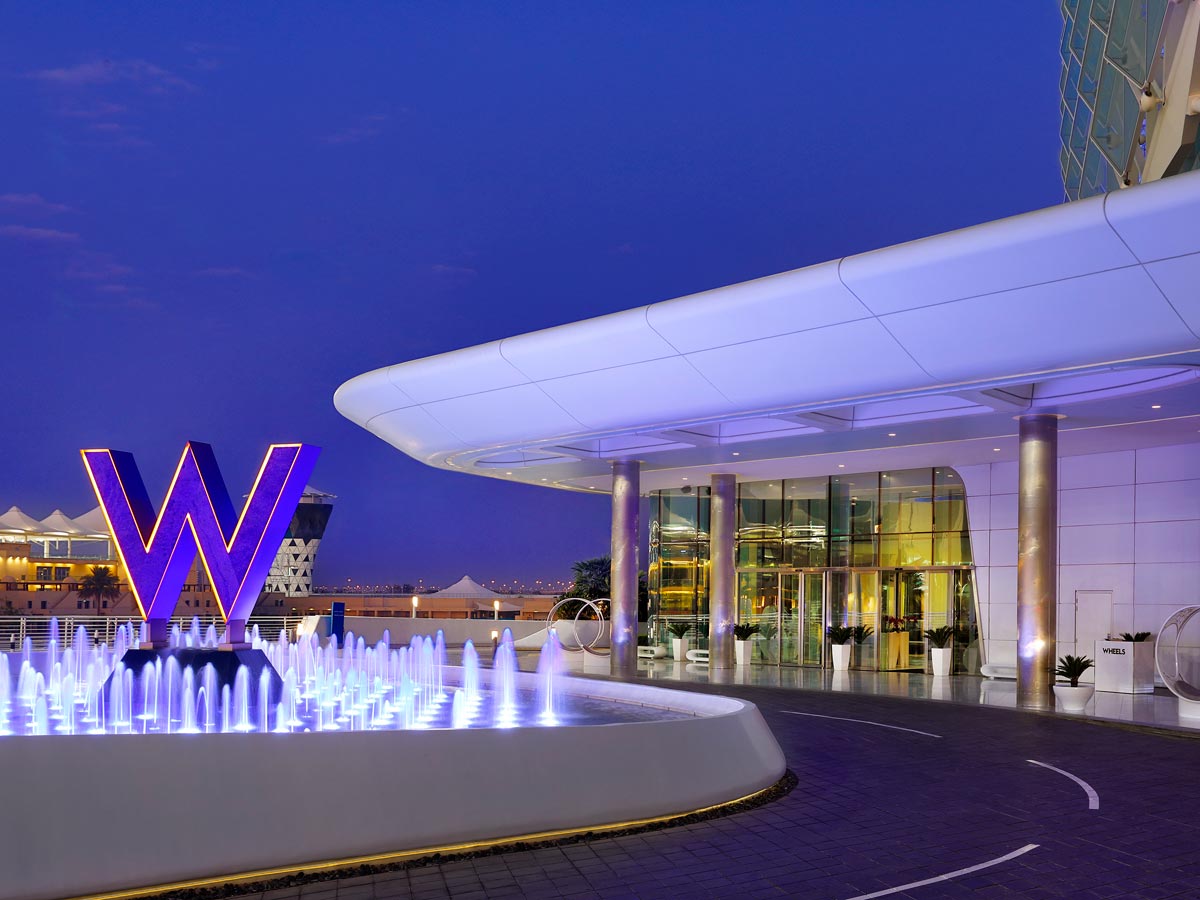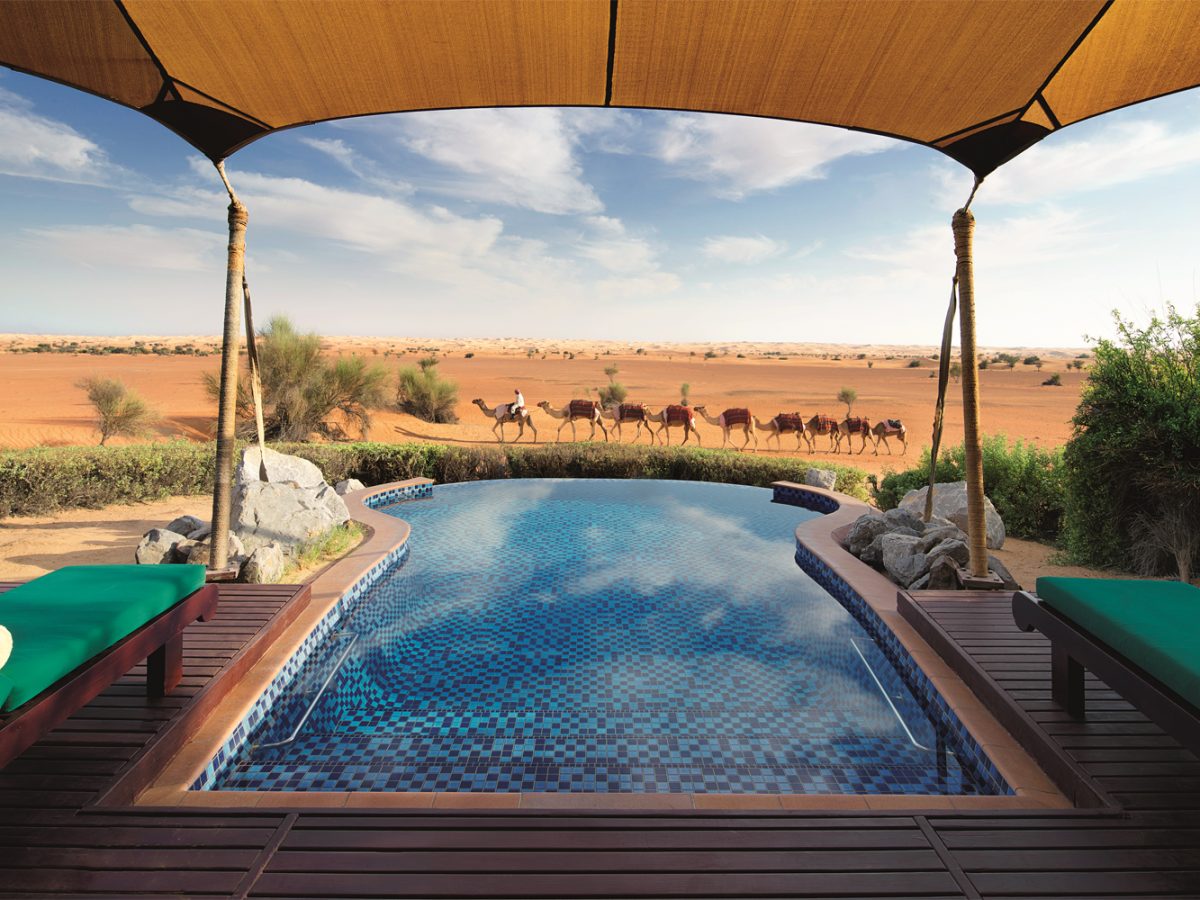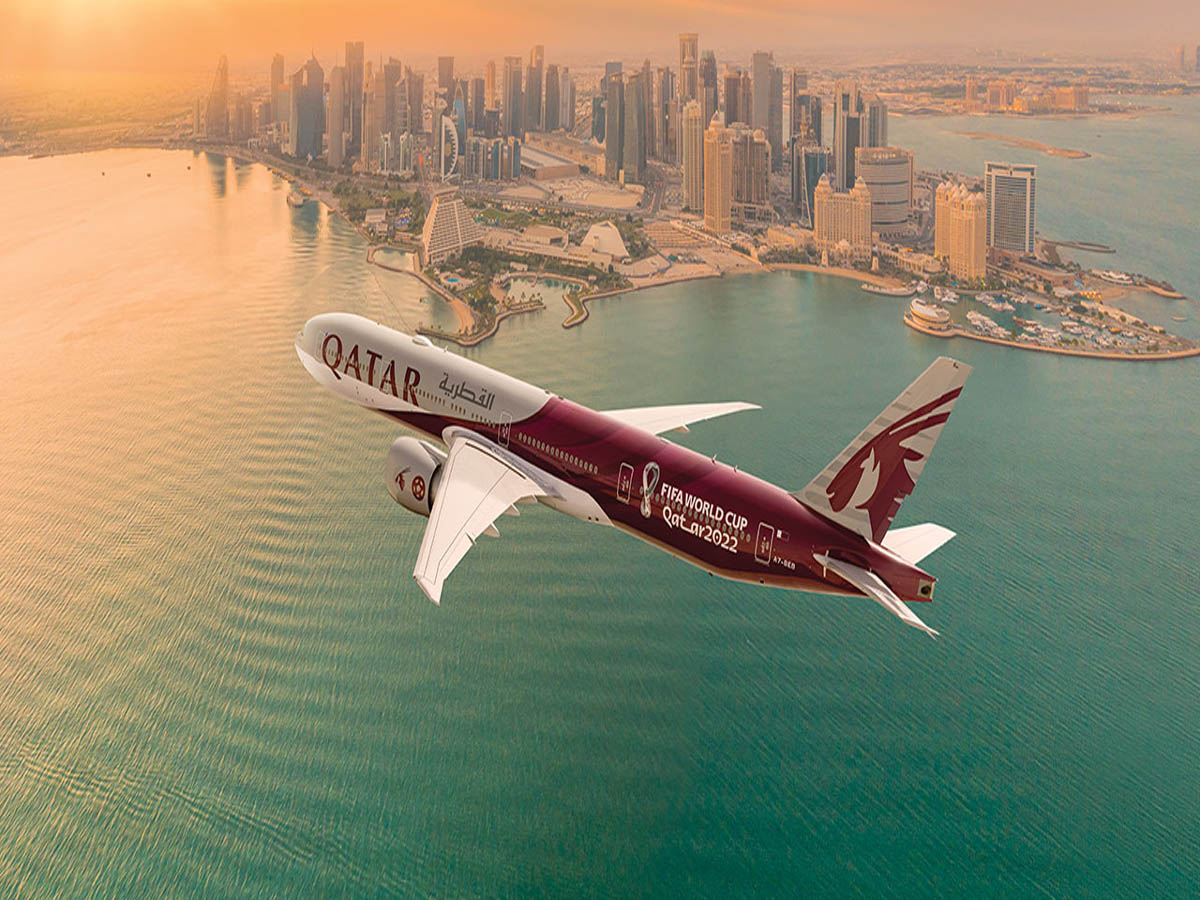Look away for a split second and it seems a new landmark springs up in Abu Dhabi’s skyline. Even now, the World Trade Center, Abu Dhabi (WTCAD) is scaling new heights as the capital’s highest tower. Standing at 382m the finishing touches are being put on it at the site of the old Central Market (which was at the heart of Abu Dhabi’s economic growth in the 1970s), offering an impressive landmark for anyone travelling towards the capital city. Height though, is not everything. While Dubai stretches ever skyward, Abu Dhabi is a city intent on exploring all of the angles.
The Abu Dhabi National Exhibition Centre (ADNEC) is a prime example of this as it’s home to the Capital Gate building that boasts a mean lean of 18 degrees. Piles sunk to 30m below ground cope with the strain and allow the structure to purposely lean at more than three times the 5.5 degrees of the Leaning Tower of Pisa’s maximum ever tilt. Capital Gate is also the Guinness World Record holder for the farthest man-made leaning building.
There are other award winners in Abu Dhabi too, particularly over on Al Reem and Al Maryah Islands. The Al Khatem Tower in the Sowwah Square complex on Al Maryah was voted the Middle East’s winner in the 2013 Best Tall Buildings awards by the Council of Tall Buildings and Urban Habitats. Gate Towers (the three towers connected by a high level bridge that can be seen to your right from the E8 as you approach the centre) on Reem Island was also recognised as one of the finalists in the awards.
It’s not only office blocks or residential towers that stand out in Abu Dhabi’s architecture though. Ferrari World on Yas Island is a truly astonishing sight, a huge ground-hugging 200,000 square metres red roof with a profile designed to reflect that of the swooping line over the wheel arches of a Ferrari 360. It even has the world’s largest Ferrari logo on its roof spanning a massive 65m in length.
And you can’t possibly miss Abu Dhabi’s most inspirational building, the Sheikh Zayed Grand Mosque. Built in a location that allows views of it from all around, the 82 white marble domes – including the main dome which is the world’s largest with a diameter of 32.8m – are a stunning sight.
If you go inside you’ll witness the intricate architecture more closely and also see the world’s largest chandelier and a 5,625 square metre hand-knotted rug with an estimated value of Dhs30 million.
Even hotels can get in on the architectural act, the Dusit Thani for example can lay claim to some pedigree with its atrium, one of the highest in the world for a hotel. The Emirates Palace, meanwhile, might not scale physical heights, but there’s only ever been one other hotel on the planet that cost more to build.
Abu Dhabi is still growing, with ever more ambitious plans being drawn up on the desks of architects all of the time. Clearly though, there’s already a treasure chest of architectural gems to delight in with the buildings that we pass by every day.
Yas Viceroy
This five-star hotel straddles the Yas Marina Circuit and has become an iconic building of Abu Dhabi thanks to exposure through Formula 1. A unique veil over the two towers links above the race track and contains 5,096 individually sized panes of glass and uses 2,100 tonnes of support steel. Over 5,000 custom-made LED lights provide stunning illumination at night and can be programmed to put on an impressive colour-changing display.
Masdar City
Based to the east of Abu Dhabi, Masdar City was conceived to be the first city in the world without cars or carbon emissions. The existing building that houses the Masdar Institute of Science and Technology is complete and proving to be eco-friendly. The terracotta walls give an earthy look and they have even employed traditional Arabian wind towers to pull cooler air from the sky and channel it down through the narrow streets.
Zayed Cricket Stadium
Spanning 140m in length the cricket stadium’s cantilevered crescent roof is the largest of its kind in the Middle East. Cunningly shaped like the peak of a cricket cap, it’s made of 9,000 tonnes of steel, clad on both the top and bottom and gives shade to 9,000 of the 22,000 seats in the stadium. Under the roof, three 45m towers are used as support, which are equally as cunning in their cricket-themed architecture because they represent the three stumps of a wicket.
Aldar HQ
Ranked as one of the World’s Most Spectacular Commercial Headquarters by building data firm Emporis, the circular Aldar HQ building in Al Raha Beach is a stunning piece of architecture. Catch the 23 floor, 110m tall disc at dusk and the glass building becomes almost magical. It’s the first upright circular building to be constructed in the UAE and uses a steel diagrid design that allows for minimal intrusion by support pillars inside.
Abu Dhabi Golf Club
Buildings shaped like animals are rarely going to work, but the clubhouse at Abu Dhabi Golf Club is a magnificent counter-argument. Designed to look like a falcon swooping down onto a golf ball, the outstretched wings harbour restaurants, meeting rooms and leisure facilities in one of the most eye-watering ways possible. Built in 1995 the building uses
glass-fibre reinforced concrete to deliver the impressive shapes needed.
Al Bahar Towers
Housing the headquarters of the Abu Dhabi Investment Council, the twin towers can be likened to anything from pineapples to grenades due to their appearance. But the façades on the outsides of the towers actually have a functional form, actively opening and closing as they follow the movement of the sun to help keep the interiors cool. They’re a modern interpretation of Islamic ‘mashrabiya’, which are traditional wooden lattice screens used to block sun and add privacy, and they have been awarded by the architectural world for their innovation. Sustainable and highly contemporary, yet with a clear nod to tradition – the Al Bahar Towers are a masterpiece on the Abu Dhabi skyline.
Guggenheim Abu Dhabi
The Frank Gehry designed 30,000sqm art gallery should be finished on Saadiyat Island by 2017. Taking inspiration from traditional Middle Eastern covered courtyards and wind towers, the design will offer a spectacularly complex architectural landmark that will play with the Arabian light and Arabian Gulf that surrounds it. It will be the largest of the four global Guggenheim galleries.
Etisalat Tower
‘It’s the one with the golf ball on the roof’ – that’s how most residents would describe this building. Designed by Canadian architect Arthur Erickson, the tower’s golf ball is actually a clever housing for transmitters and receivers providing satellite and mobile phone connections throughout the UAE. Being orb-shaped means the equipment has an unhindered 360 degree aspect, which is pretty smart if you ask us.
Louvre Abu Dhabi
The Louvre Abu Dhabi will transform Saadiyat into a cultural hub in 2015. The building will have a 180m wide, 7,000 tonne dome on four pillars. Built on a man-made platform to allow it to be constructed in the dry, the last stage will be a controlled flooding to let the water back in to the design.
The Landmark
The 324m high residential and office tower is visible from almost anywhere along the Corniche to the west of the city. The 72-story building was designed to be layered on the outside, like the petals on a flower, to help address the heat issues that Abu Dhabi poses. The stepped sides also hark back to the traditional use of screens in Arabic architecture. Even the plan of the building is based in tradition, with its geometry based on a 12-sided dodecagon, a shape frequently used in Islamic art. At 272m high there’s even a swimming pool!









